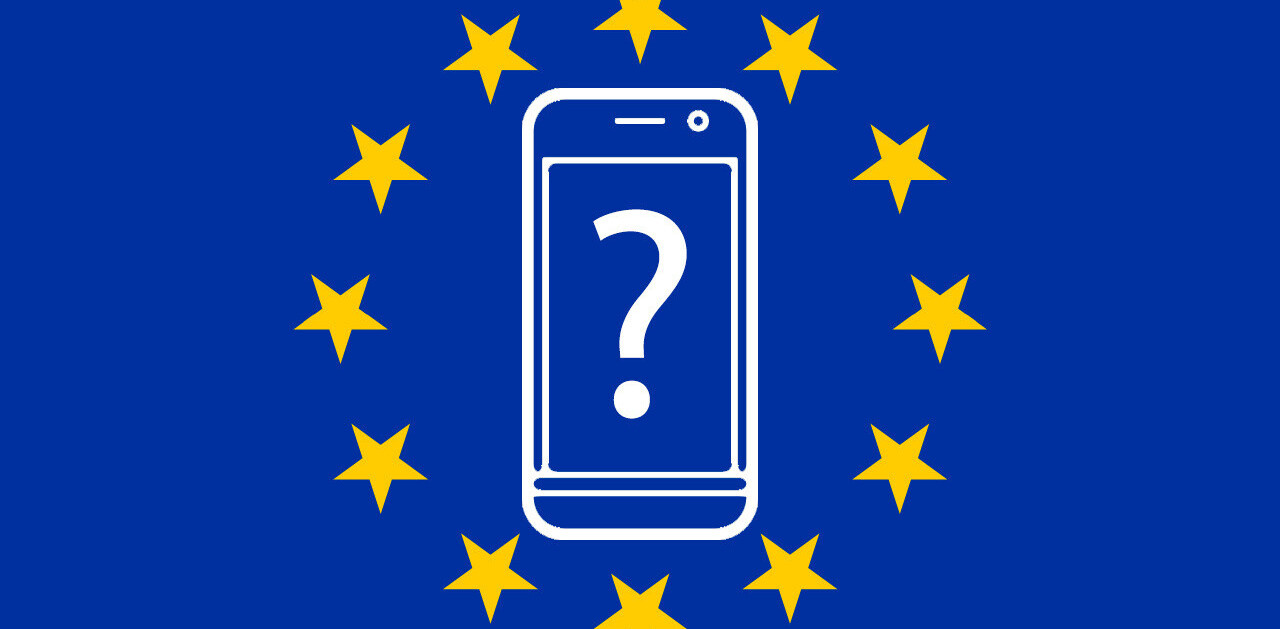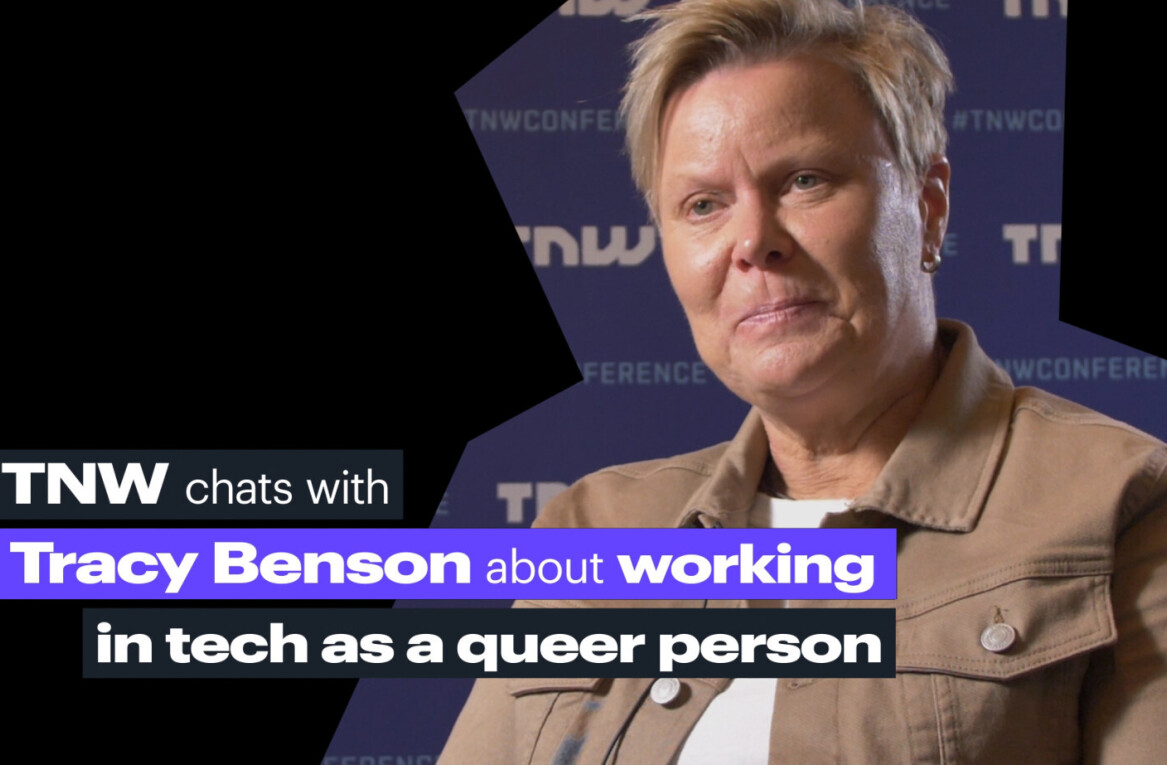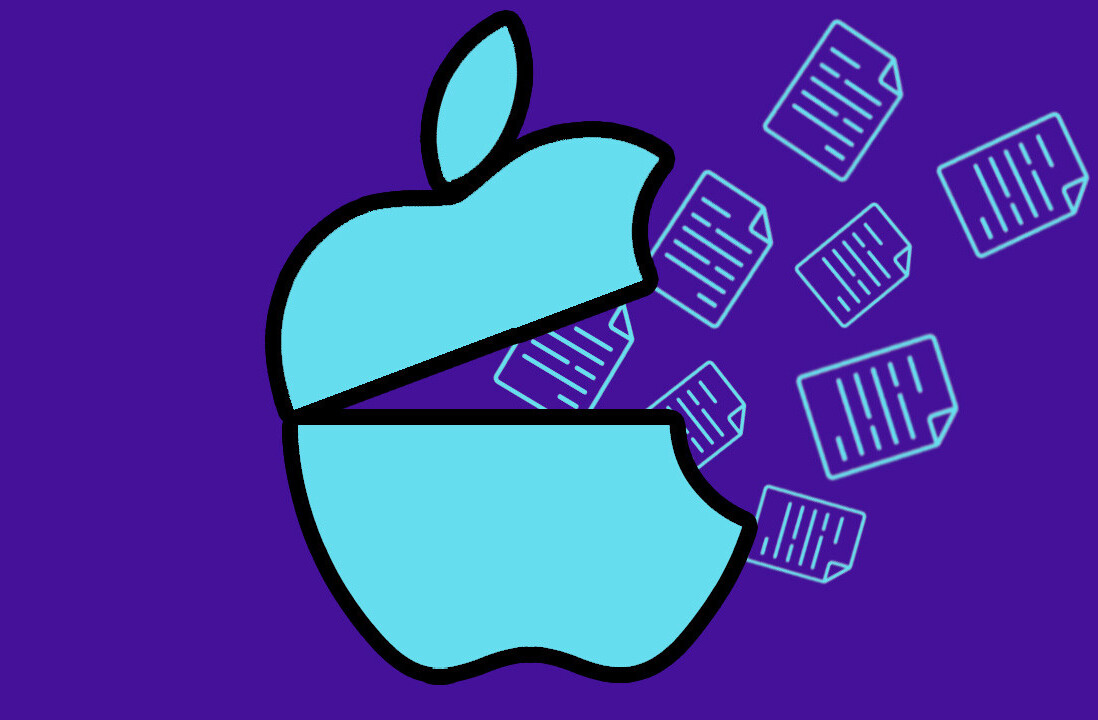
We were lucky enough to witness another bumper year for new smartphones.
Mobile handsets that are almost as powerful as computers that are doubling as satellite navigation devices, keeping us connected with friends via a number of different networks and bringing much amusement with some hilarious auto-correct messaging suggestions.
Not all news about smartphones was necessarily good over the past year, but it wasn’t all bad. Here are ten things that we learnt about smartphones in 2010.
1. Antenna Placement Is Vital
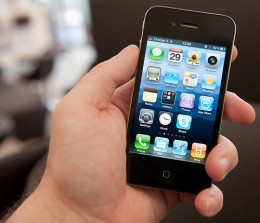 When Apple launched the new iPhone 4, it received overwhelmingly positive reviews.Soon after owners spent some time with their devices, it became apparent that hardware issues were being reported with alarming frequency.
When Apple launched the new iPhone 4, it received overwhelmingly positive reviews.Soon after owners spent some time with their devices, it became apparent that hardware issues were being reported with alarming frequency.
At first, users were reporting yellow lines or dots on the iPhone 4′s much-vaunted retina display. Soon after, a bigger and ultimately disastrous problem for Apple was discovered – if the phone was held in a certain way, it lost signal.
The signal problem on the iPhone 4 (now referred to as Antennagate) occurred when touching the antenna on the side of the phone in such a way that would induce interference due to the electro-conducive nature of skin.
At first Apple denied it was a problem, Steve Jobs went as far as to say iPhone 4 users were holding it wrong. Then came a dedicated page on the Apple website that showed smartphone owners to replicate signal issues on other smartphones which was pulled not soon after it went up.
As complaints mounted and the media started to report on the signal issues, Apple then gave its customers the option of ordering a free case to cover the offending antenna and stop the interference altogether.
The signal issues only provided a momentary blip on Apple’s radar, it still sold 1.7 million units in three days. It just went to show that a company as successful as Apple, a company that poured millions of dollars into design and antenna placement, could still falter.
2. Smartphones Are Soon To Become Gaming Consoles
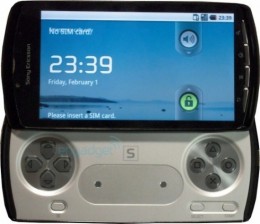 We knew that smartphones were already credible gaming platforms, just look at the success of Angry Birds. What we didn’t realise was that manufacturers such as Sony Ericsson were looking to bridge the smartphone and the games console, creating what came to be known as the PlayStation Phone.
We knew that smartphones were already credible gaming platforms, just look at the success of Angry Birds. What we didn’t realise was that manufacturers such as Sony Ericsson were looking to bridge the smartphone and the games console, creating what came to be known as the PlayStation Phone.
The PlayStation Phone, going under the possible name Xperia Play, is an Android smartphone with a joypad that can be extended out from the body of the phone. It is thought that owners of the device will be able to wirelessly download gaming titles, utilising a Playstation dashboard on the device that will connect them to leaderboards and friends.
The device is expected to be formally announced at CES 2011 in January and it has been suggested that the handset will be released in April.
3. Smartphone Users Have A Lot Apps To Choose From
 Part of the success of smartphones is down to the number of high-quality applications available on the various smartphone app marketplaces. In 2010, Apple’s App Store grew to over 300,000 applications, just yesterday it emerged that the Android Market had (unofficially) eclipsed the 200,000 applications barrier with Microsoft’s new Windows Phone 7 operating system hitting 5,000 apps not more than a month after launching.
Part of the success of smartphones is down to the number of high-quality applications available on the various smartphone app marketplaces. In 2010, Apple’s App Store grew to over 300,000 applications, just yesterday it emerged that the Android Market had (unofficially) eclipsed the 200,000 applications barrier with Microsoft’s new Windows Phone 7 operating system hitting 5,000 apps not more than a month after launching.
As manufacturers continue innovating the hardware available in its smartphones, app developers have been able to develop applications that can push the limits of what smartphones can offer. With technologies like NFC making their way into smartphones, we could see another wave of exciting new applications that can connect and interact with other devices wirelessly, pushing the boundaries of what smartphones can offer.
4. Manufacturer Locks Can’t Stop Users Modifying Their Smartphones
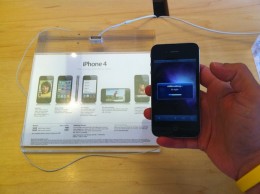 Whether it’s Apple playing a cat and mouse game with the jailbreaking community or smartphone users thinking Motorola has set up its Droid X to blow up if the bootloader is tampered with, locks placed by manufacturers on smartphones are almost certainly going to get circumvented.
Whether it’s Apple playing a cat and mouse game with the jailbreaking community or smartphone users thinking Motorola has set up its Droid X to blow up if the bootloader is tampered with, locks placed by manufacturers on smartphones are almost certainly going to get circumvented.
HTC and T-Mobile worked to stop modders tampering with the T-Mobile G2 – each time the firmware was changed, the device would roll back to its original settings. It took developers just over a month to achieve root privileges on the device but root was obtained all the same.
Each time the iPhone gets a firmware update, the jailbreaking community immediately gets to work sourcing new ways to achieve root access and unlock their iPhones. Not a new process by any means, its the techniques that are getting more and more complex.
5. The Nexus One Was A Successful Flop
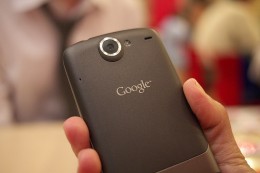 Launching in January, the Nexus One was Google’s first attempt at selling a smartphone directly. Manufactured by HTC, the handset was one of the most powerful Android devices on the market at the time, offering a vanilla version of Android that would bring with it regular updates directly from Google, not the manufacturer.
Launching in January, the Nexus One was Google’s first attempt at selling a smartphone directly. Manufactured by HTC, the handset was one of the most powerful Android devices on the market at the time, offering a vanilla version of Android that would bring with it regular updates directly from Google, not the manufacturer.
Google called the retailing of its own phone “an experiment”, selling the device online only. Google didn’t do much in the way of promotion, instead relying on the more technologically aware to help drive demand for the device (a few writers have a Nexus One here at The Next Web). The device sold over 135,000 units in its first 72 days, the iPhone selling one million and the Motorola Droid 1.05 million – compared to its competition, the Nexus One flopped.
It wasn’t all bad for Google, as it said, it was an experiment. Google didn’t partner with many operators and it didn’t allow the device to be offered in bricks-and-mortar stores, limiting its sales potential (this was reserved for HTC with the HTC Desire, the same handset minus the Google branding).
The device is successful because it still holds its own. Ask Nexus One owners if they will be swapping their phones soon, many won’t until something truly game changing comes along.
6. 4G Is The Future
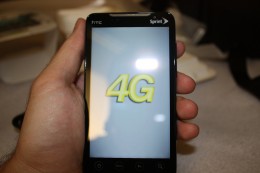 Fourth-generation services are known by different names and are offered by a number of different operators, all we need to know is that it is definitely a step in the right direction for mobile. Back in June, HTC and Sprint unveiled the first 4G Android smartphone, the HTC Evo 4G, a phone that was able to take advantage of high-speed data and voice transfers at the same time.
Fourth-generation services are known by different names and are offered by a number of different operators, all we need to know is that it is definitely a step in the right direction for mobile. Back in June, HTC and Sprint unveiled the first 4G Android smartphone, the HTC Evo 4G, a phone that was able to take advantage of high-speed data and voice transfers at the same time.
As devices have become available, operators have been pumping money into developing their high-speed networks, especially across the US where 4G adoption is starting to gain momentum.
With a range of 4G smartphones available from Samsung and many more 4G-enabled devices coming in the new year, 3G could soon be a thing of the past in more established regions.
7. The Emergence Of Android
 The release of Android 2.2 (FroYo) breathed a new lease of life into some Android devices with speed improvements, exchange capability, a faster browser, new API’s and new additions to the Android Market. Some devices were able to then run Flash as a result, something that Apple users could only dream about.
The release of Android 2.2 (FroYo) breathed a new lease of life into some Android devices with speed improvements, exchange capability, a faster browser, new API’s and new additions to the Android Market. Some devices were able to then run Flash as a result, something that Apple users could only dream about.
Google is now thought to be activating 300,000 Android devices a day, the operating system is said to be the most popular smartphone OS in Asia and is eating into Symbian’s dominance worldwide, now holding a 25.5% share of the worldwide smartphone market.
Android 2.3 is just around the corner, having been incorporated into the new Samsung Nexus S. It’s possible 2011 could be an ever bigger year for Android.
8. The iPhone Can Finally Multitask
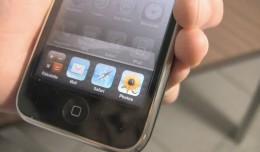 “We weren’t the first to this party but we’re gonna be the best.” said Steve Jobs at Apple’s April event, addressing what was quite possibly the most desired missing iPhone feature – multitasking.
“We weren’t the first to this party but we’re gonna be the best.” said Steve Jobs at Apple’s April event, addressing what was quite possibly the most desired missing iPhone feature – multitasking.
The iPhone finally got multitasking, a feature that had been available for quite some time on other devices. Instead of running application icons in a toolbar like on Android, Apple went with a hidden menu that could be brought to focus with a simple double tap of the home button.
Whilst its not full multi-tasking in the true sense of the word, the feature does help many iPhone users that were frustrated with losing progress in a game or having to exit an app to find some extra information.
9. Symbian Is [Almost] Dead
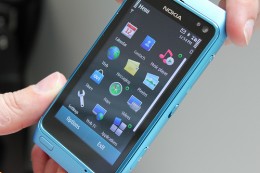 We noted above that Android was dominating its rivals, growing immensely in 2010. On the flipside, Symbian suffered a rotten year, mainly because key members supporting the platform resigned, it lost a great deal of its market share, the Symbian Foundation passed over development of the platform to Nokia and many manufacturers dropped support for Symbian completely.
We noted above that Android was dominating its rivals, growing immensely in 2010. On the flipside, Symbian suffered a rotten year, mainly because key members supporting the platform resigned, it lost a great deal of its market share, the Symbian Foundation passed over development of the platform to Nokia and many manufacturers dropped support for Symbian completely.
Nokia has said it will continue supporting Symbian whilst developing a new smartphone OS called in MeeGo, in a collaboration with Intel. There are also reports that Nokia is looking to work with Microsoft to develop new Windows Phone 7 handsets. If true, Symbian’s days could be numbered.
10. Windows Phone 7 Is Slick But Has A Lot Of Catching Up To Do
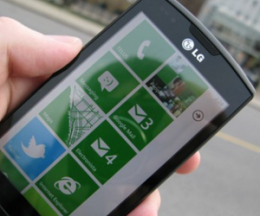 Microsoft’s Windows Phone 7 opertaing system launched in the UK at the end of October and at the beginning of November in the US, signalling the Redmond giants intention to claw back some of the smartphone market.
Microsoft’s Windows Phone 7 opertaing system launched in the UK at the end of October and at the beginning of November in the US, signalling the Redmond giants intention to claw back some of the smartphone market.
The OS and the devices from HTC, Samsung and LG were generally well received, Microsoft has said that 1.5 million have been sold to operators since launch. However, the operating system still lacks important features like copy & paste, true multitasking and a limit on notification messages.
That said, Windows Phone 7 does a very good job of displaying information where it needs to be, reducing the need for extra button presses and wasted time using the device. The marketplace is growing rapidly and Microsoft is sinking millions of marketing dollars into the platform to boost its profile.
Apple and Google will be launching new additions to their operating systems in the near future, Microsoft will need to make sure its updates drop when planned and continue to innovate for risk of losing out to iOS and Android before it even got the chance to compete.
Conclusion
Its been a big year for smartphones, you can’t go for long without hearing about a new handset leaking on the internet. With so much news we will have missed some developments and this is where you come in. Do you think we have missed something or did something happen that you don’t think we adequately covered? Let us know, the usual way, by dropping us a line in the comments.
Get the TNW newsletter
Get the most important tech news in your inbox each week.
